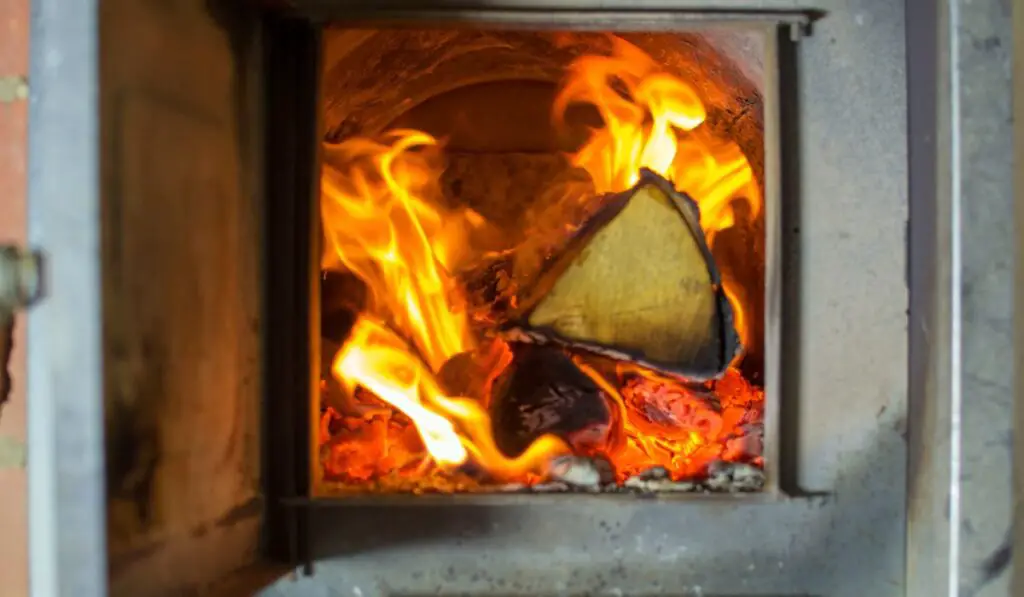Visiting a sauna is an enriching experience that has compounding health benefits. The benefits of saunas are achieved by routine use, with many first-time users noticing positive benefits after just a few weeks of regular sessions. The health benefits include improved circulation and cardiovascular health, reduced muscle, and joint soreness, and vast improvements in skin health. But as you grow accustomed to saunas, you may desire a higher temperature. How do you make a sauna hotter?
Saunas can be made hotter by controlling the temperature setpoint on its furnace. The heat of traditional saunas is produced by either electric heaters or a wood-burning furnace. In comparison, infrared saunas are controlled by electricity and steam rooms through steam production.
Making a sauna hotter is a great way to increase the intensity of your sauna sessions. However, the higher temperatures put slightly more stress on your body. On the other hand, they may provide the same benefits of staying in a sauna at a lower temperature for a more extended period. To learn how to make a sauna hotter, their ideal temperatures, and if higher temperatures are better, continue reading this detailed guide!
What’s the Ideal Temperature for a Sauna?

The ideal temperature of a sauna varies by type. For example, a traditional sauna does not have the same ideal temperature as a steam room. You can see the ideal temperatures for various types of sauna in the chart below:
| Sauna Type | Ideal Temperature |
| Traditional sauna | 160 to 200°F (71 to 93°C) |
| Infrared and far-infrared saunas | 100 to 150°F (38 to 66°C) |
| Steam rooms | 90 to 120°F (32 to 49°C) |
Portable saunas and sauna blankets also have ideal temperature ranges. However, since their temperature and regulation tend to be a little finicky, it’s not reasonable to list a target temperature range. It’s worth noting that getting to the ideal temperature in your sauna can’t be accomplished if you do not measure the temperature!
Therefore, you should strongly consider getting a sauna thermometer like this Northwood Sauna Thermometer (on Amazon) for a quick and easy temperature and humidity reference. Having a humidity reference too is ideal as it affects the temperature, which we’ll touch on shortly.
Ideal Traditional Sauna Temperature
Traditional saunas, also known as Finnish saunas (more on them in our guide), use wood, natural gas, or electricity to control their heat. However, the most common type in the US is now electrically heated versions due to it being a safer option.
Modern-day traditional sauna heaters can turn on and off by the user with a thermostat-type controller. In addition, they often have safety mechanisms built-in to turn off after 60 minutes of use. Traditional saunas made in the US follow the country’s standard, limiting the temperature ranges from 160 to 194°F (71 to 90°C).
Many European countries allow a higher temperature limit of 220°F (104.5°C). Traditional saunas take around 30 to 45 minutes to heat up completely, and you should wait to enter until it’s thoroughly heated. If you have a wood-burning sauna, the heat can be increased by adding more wood.
Ideal Infrared Sauna Temperature
Infrared saunas including the blankets which we’ve explored before, run entirely on electricity which powers the infrared panels that heat the occupants. The infrared radiation they produce penetrates the sauna users’ skin and heats them directly. Infrared radiation does not heat the air in the room like traditional saunas, and because of this, the temperatures in the room are much lower.
Infrared saunas are recommended by experts to be used at 140 to 150°F (60 to 66°C) to get the best results. Infrared saunas have a much quicker warm-up period, usually just 10 to 15 minutes. Since their temperatures are lower, most people use infrared saunas for longer periods since they’re more tolerable. The temperature of infrared saunas can be easily controlled with their built-in thermostats.
Ideal Steam Room Temperature
Steam rooms like this one (on Amazon) work very differently than traditional and infrared saunas. In fact, they have the complete opposite humidity levels as a traditional sauna. In other words, steam rooms have 100% humidity levels, and traditional saunas have very low humidity, often around 30%.
As you can see, steam rooms do not have “dry heat”; they have wet, steamy heat. Humid air is much more efficient at transferring heat to the occupants than dry heat, so the temperatures are much lower but feel hotter. Steam room’s average temperatures are between 90 to 120°F (32 to 49°C), but it may feel hotter to you because of all the steam and high humidity!
It takes about 30 minutes on average for the steam room to fill up with enough hot steam to get up to these desired temperatures. The temperature in steam rooms is often controlled by a type of thermostat as well.
How to Make a Sauna Hotter Without a Temperature Control
If the sauna you are using does not have a temperature controller or you want more heat beyond the limit, you can do a few tricks to increase the heat. To make the sauna hotter, if you can’t control its temperature, consider doing the following:

- Wear extra clothes
- Do situps, squats, pushups, or burpees before going into the sauna
- Drink warm tea
- Take deep breathes to inhale warm air
- Add water to the sauna rocks in a traditional sauna
- Close vents
Are Higher Sauna Temperatures Better?
Routine sauna use has health benefits, including circulation improvements, increased cardiac performance, better skin health, reduced inflammation, and delayed onset of Alzheimer’s Disease and dementia.
All of these health benefits scale up as the temperature of your sauna visits increases to a certain extent. If you’re sweating so much that you’re becoming dehydrated, you’re doing it wrong.
Say, for example, you set your sauna to 10 degrees hotter than normal, and it gets you sweating faster. In that case, it will technically provide the same results in a shorter visit, but we’re talking only a small difference of 10-15 minutes. It’s up to you if the time saved is worth rushing your sauna session.
How Hot is Too Hot for a Sauna?
Some long-term sauna users have reported cranking a traditional sauna 10 to 20°F above 200°F on a routine basis. However, the exact temperature that is too hot is a subjective answer. Some people can easily tolerate higher temperatures in saunas, while others struggle at the lowest settings.
Whatever camp you think you fit into, start off with a lower temperature if you’re new to using a sauna. Then, over time you can slowly work your way up. Too high of a temperature can make your sauna visit unenjoyable and unhealthy, so it’s essential to get this temperature right.
